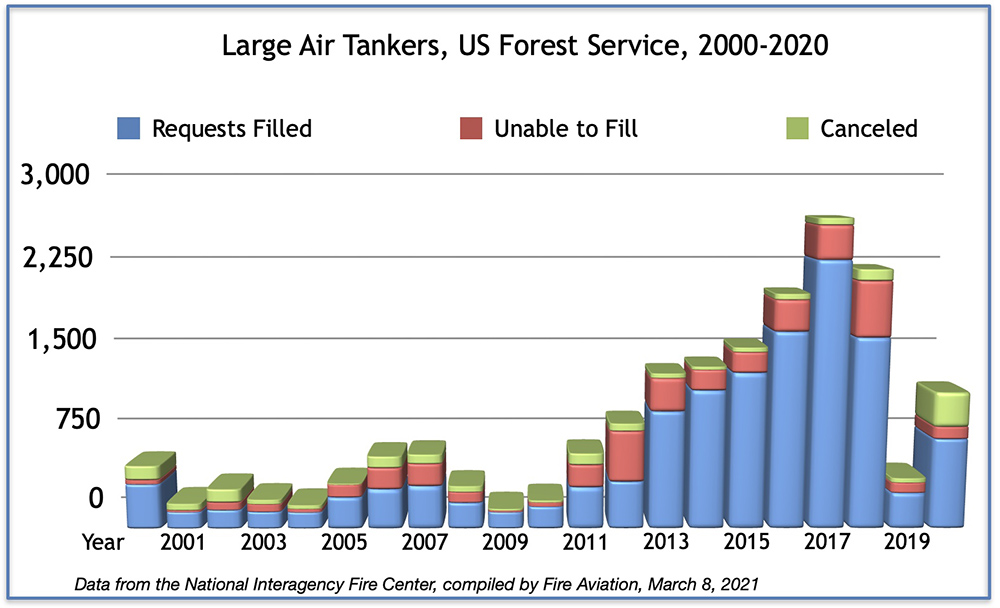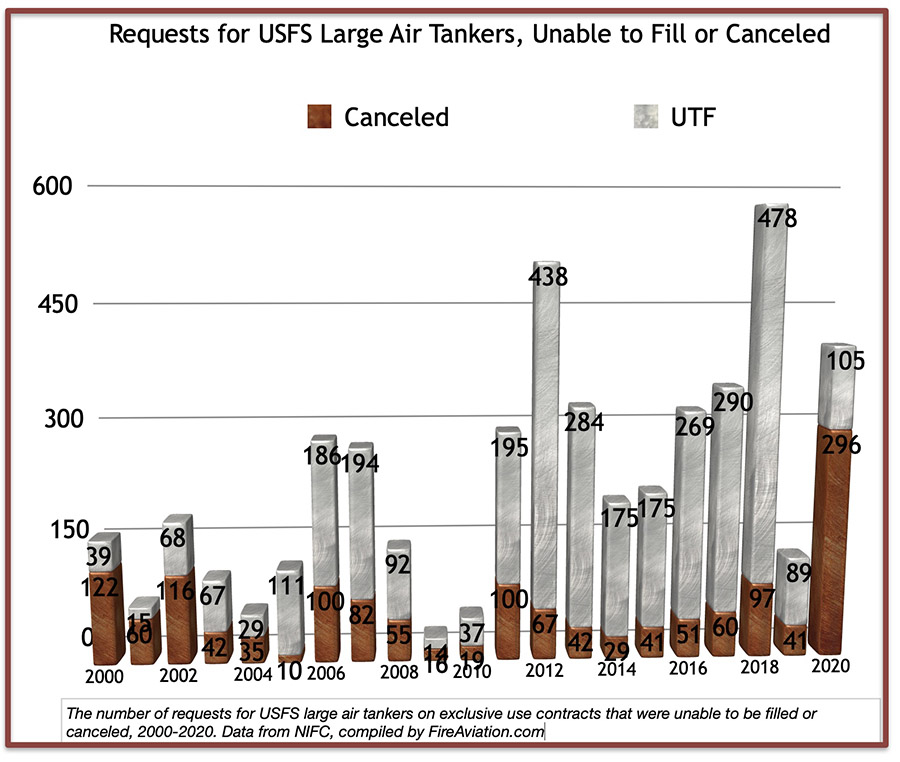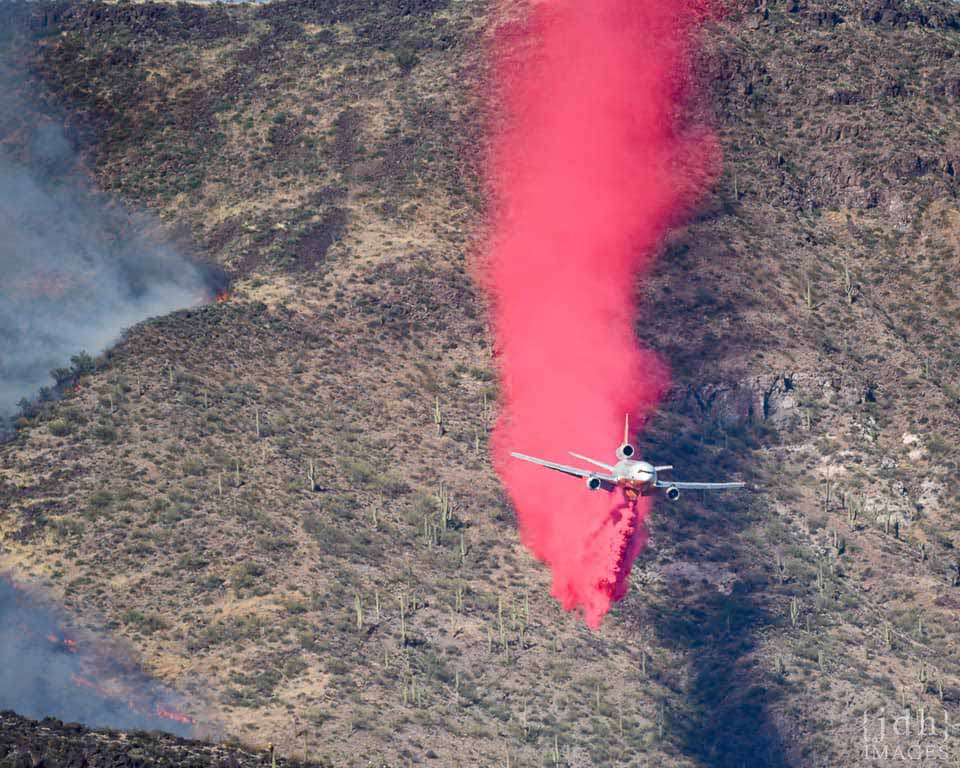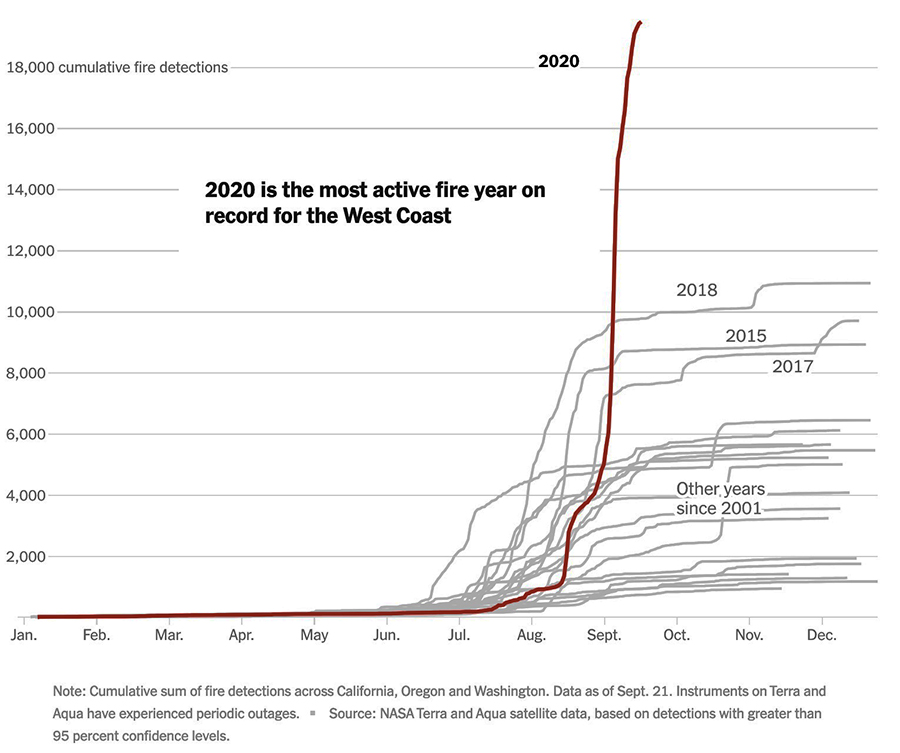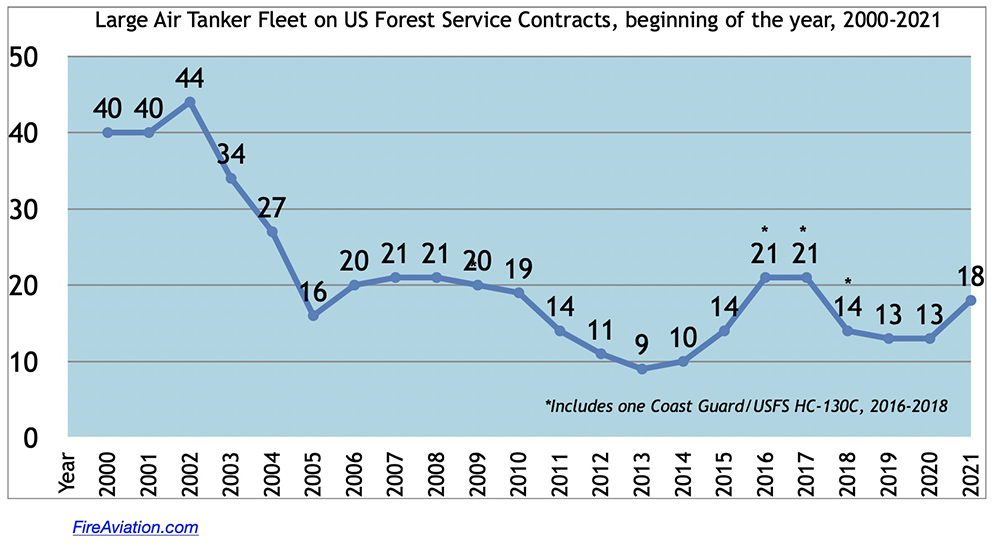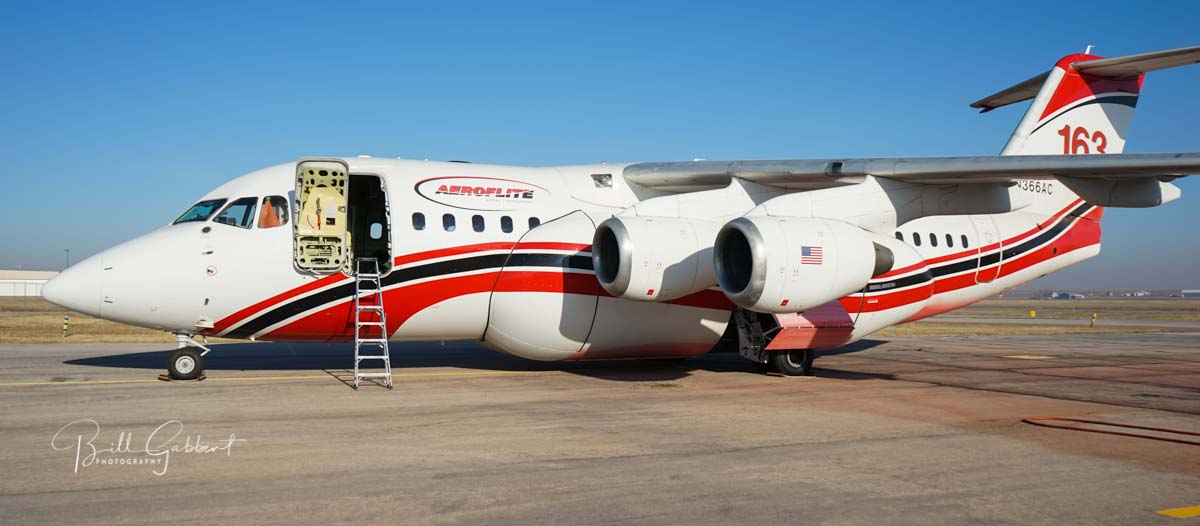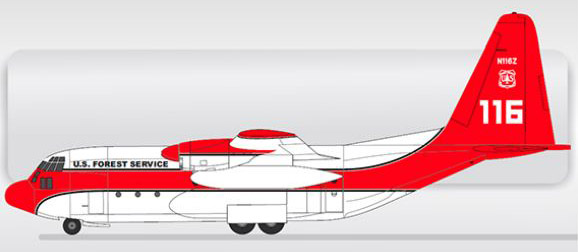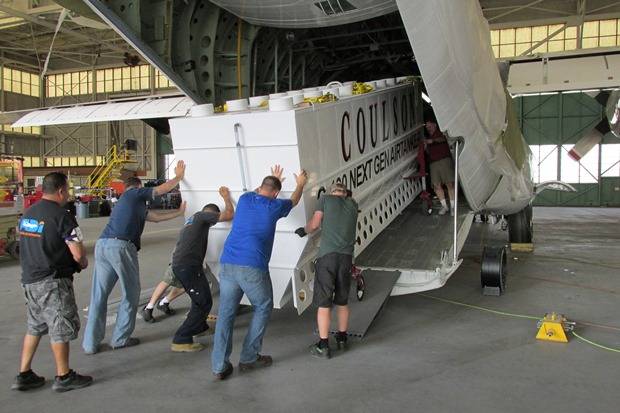
A U.S. Forest Service document written June 22 said that of the approximately 110 Federal hotshot crews, 25 percent, or about 27 crews, are not able to meet the required standards. This is due to vacant positions and the agency’s difficulties in hiring and retention. Each crew should have 20 firefighters if all the positions can be filled with qualified personnel. So we’re talking about 550 firefighters.
This report comes from NBC Montana which obtained the document. Below is an excerpt from their article.
The June 22 document, written before the Forest Service started awarding some private Type 2 contracts, reads, “We anticipate exhausting our current crew availability within a week or so, based on our Interagency Predictive Services outlook and current trends. Compounding our lack of crews this year is hiring and retention issues within our own ranks, which the Secretary of Agriculture discussed during his town hall with the Chief of USDA Forest Service recently.”
It goes on to say, “We already do not have as many of our own crews available as we normally do. Our Interagency Hotshot Crew ranks have been hit the hardest with roughly 25% of them not meeting Type 1 status, or even not being able to field a 20-person crew. Additionally, our Interagency partners and cooperators are having crew staffing issues as well, diminishing the total number of crews overall.”
The article also has quotes from Riva Duncan, a retired staff officer for the Forest Service who is now the Executive Secretary for the Grassroots Wildland Firefighters, a nonprofit group advocating for proper classification, pay, and benefits. For example:
“We know that a lot of engines and crews were not able to fill all of their vacant positions,” Duncan said. “And so that has affected staffing levels. It’s affected hotshot crews being able to get type one Hotshot status. There are several engines that are only staffed five days effective instead of seven days effective.”
In addition to the inability of the Forest Service to fill all of their firefighter positions, another problem related to contracting with private companies to supply 20-person Type 2 hand crews is developing. Until this year, the Forest Service relied on the Oregon Department of Forestry to administer those contracts, which expired in April. But this year the Forest Service took over the process and awarded contracts for only 258 out of about 350 potential crews.
Multiple companies that provide crews filed protests with the Government Accountability Office which would prevent any crews from working that received a new contract. But the Forest Service has filed an override with the GAO this week, which will allow them to go forward with awarding contracts.
Another contracting problems is with Type 2IA hand crews which are more capable and highly trained than Type 2 crews and can make initial attacks on new fires. Those contracts for 41 crews expired in December but has been extended to June 30 — Wednesday of next week. If the new contract is not awarded it will take 840 firefighters off line.
Our opinion
With the June 22 Forest Service document reporting, “anticipate exhausting our current crew availability within a week or so,” this contracting issue for hand crews appears to have reached a crisis stage.
Last year there was a severe shortage of firefighting resources. This year could be even worse, with nearly 9,000 firefighters committed today and the National Preparedness level at 4, one below the highest level — and it is still June, just six days into Summer. The peak of the wildland fire season is in July and August. The Forest Service needs to recognize that filling firefighter positions and contracting for hand crews is a critical necessity, and should not be subject to the typical inept processes of their contracting section.
If the Type 2IA hand crew contract is awarded in the next couple of days before the current contract expires, judging from what happened with the Type 2 contract, it will be protested with the Government Accountability Office. That would prevent any crews that did receive a new contract from working unless the Forest Service files another override with the GAO.
If you talk with any private company that has to work with the Forest Service under a contract, they will tell you that process is horrendous and is an ongoing scandal. It takes months and sometimes more than a year to award a contract after it has been announced. At Fire Aviation we follow closely the contracting process for aerial firefighting resources. Check out this search for articles at the site using the search terms “protest contract”.
Too often, as we see in the recent Type 2 hand crews contract debacle, the Forest Service procrastinates and drags their feet, not awarding contracts until just days before the last one expires. Then most of them are protested, which shuts down work under the new contract for months.
I don’t know why the Forest Service’s contracting process is incompetent, so I can’t say specifically how it can be fixed. But an investigation is needed, or a consultant could be hired so that the entire contracting section can be torn down and rebuilt, or at least their processes, work flow, goal setting, and standard operating procedures could be evaluated and improved.
Someone must be held accountable for this very important system that has degraded our preparedness and ability to suppress wildfires.

